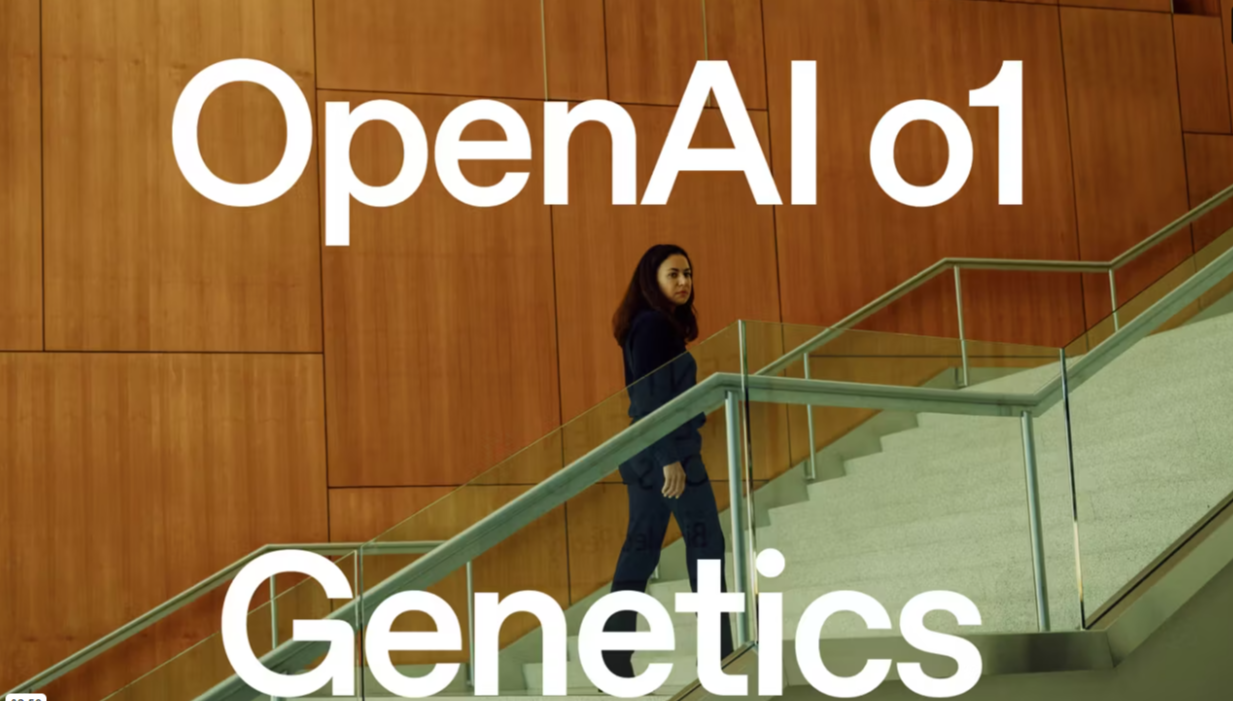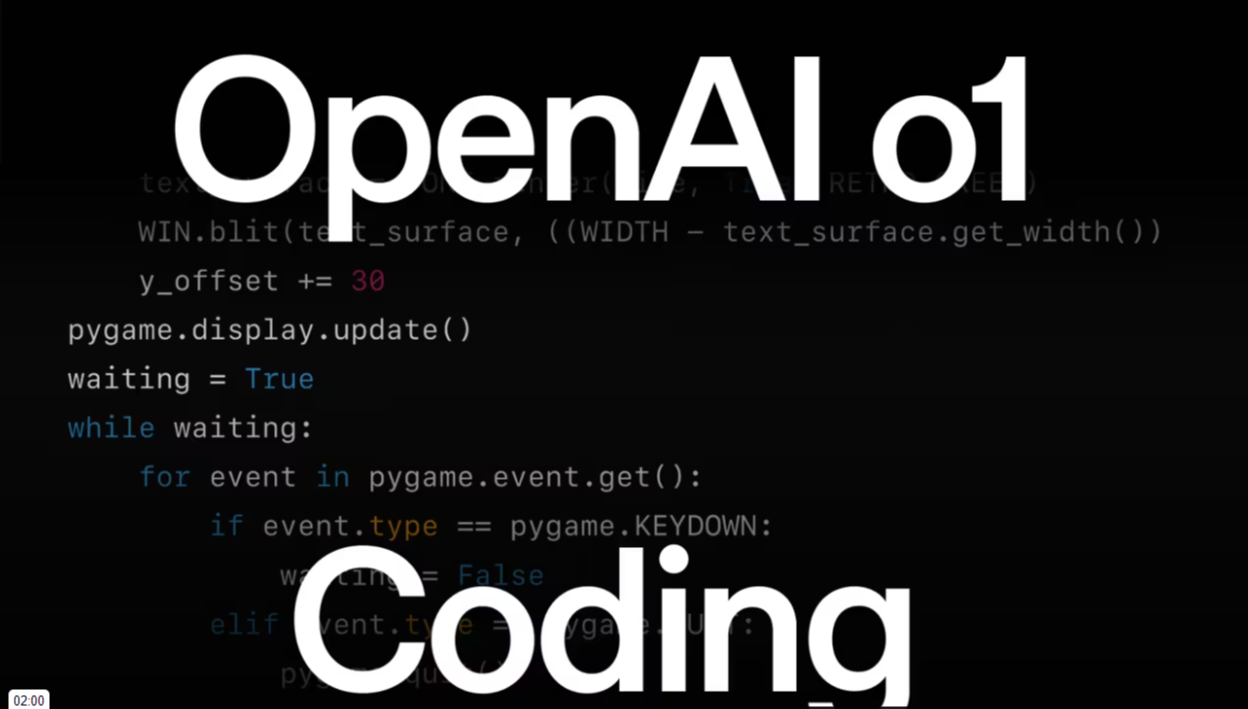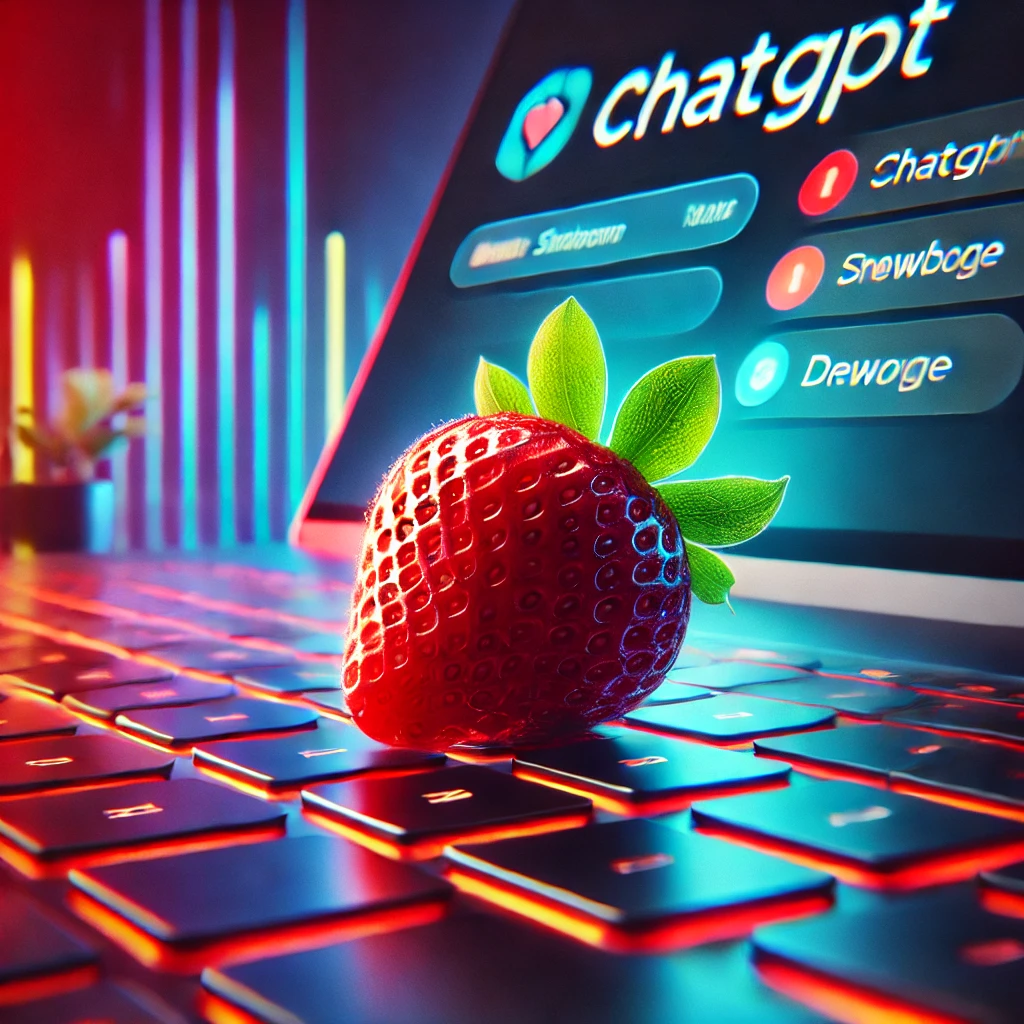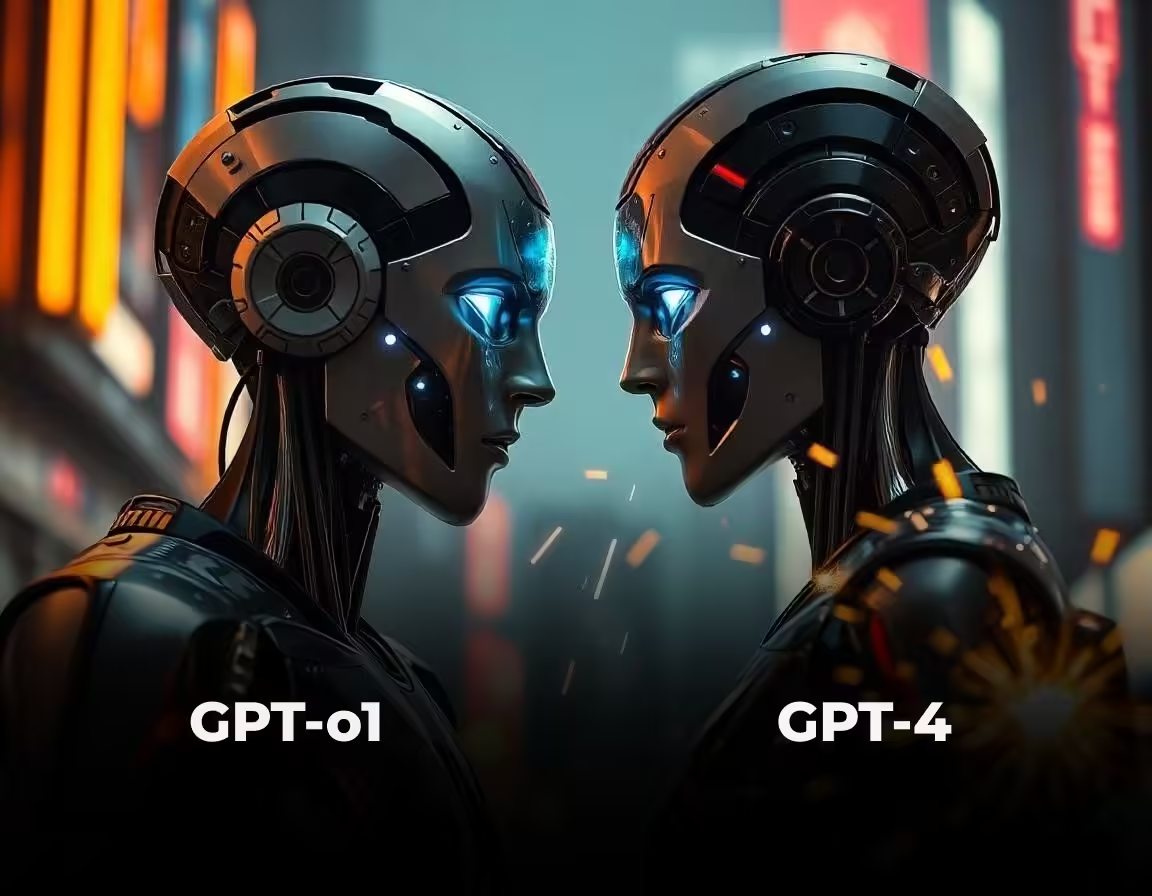The GPT-01 series, developed by OpenAI, is specifically trained to excel in deep reasoning and problem-solving tasks, making it ideal for advanced coding, scientific reasoning, and complex data analysis.
This series includes two models: the GPT-01 Preview and the GPT-01 Mini. While the Preview model is designed to tackle difficult problems using a broad range of general knowledge, the Mini version offers a faster, more cost-effective solution for tasks focused on coding, math, and science.
Unlike GPT-4, which is known for its versatility and fast responses including image inputs, the GPT-01 models think deeply before responding, using a feature called “reasoning tokens” to break down a problem internally before providing an answer.
Key Features and Limitations of GPT-01 Models
- Reasoning Tokens: Allow the models to analyze problems in-depth before generating responses.
- Complex Task Handling: Ideal for tasks that require deep thought and comprehensive analysis.
- Beta Stage Limitations: Currently can only handle text input and lack advanced features like function calling.
- Unique Problem-Solving Approach: Internally breaks down problems, leading to more thorough and reasoned responses, even if it takes longer to produce.

For More detailed Analysis you can read our prior news!
Effective Prompting Techniques
When using GPT-01 models, prompt engineering differs significantly from traditional methods. Here are the key tips for effective prompting:
Keep Prompts Simple and Direct
Unlike previous prompt engineering techniques, with GPT-01, it’s essential to use short, straightforward sentences or commands. Avoid complex or elaborate prompts as they might confuse the model. For example, a less effective prompt would be, “Can you please in a detailed and elaborate manner explain how photosynthesis works considering all the biological and chemical processes involved?” A more effective prompt is simply, “Explain how photosynthesis works.” The models already have internal instructions to reason about queries, so additional details may lead to less effective responses.
Avoid Chain of Thought Prompting
In traditional models, instructing the AI to “think step by step” might help, but with GPT-01, this approach can be counterproductive. Instead of asking the AI to verify or think step-by-step, just pose the question directly. For example, instead of asking, “Think step by step and explain how you calculate the square root of 16,” a more effective prompt would be, “What is the square root of 16?” The model will internally handle the reasoning steps.
Use Delimiters for Clarity
When asking the AI to perform multiple tasks or process complex instructions, use special characters or formatting to separate different parts of your input. For instance, using quotation marks or XML tags can help delineate different sections of your prompt, ensuring the AI understands the distinct tasks. For example, “Translate the text ‘Hello World’ and summarize this text: ‘The quick brown fox jumps over the lazy dog.'” The delimiters help the model focus on specific tasks without confusion.
Limit Context from External Sources
When providing additional context or information from external sources, keep it concise and relevant. Avoid overloading the model with excessive information as it might dilute the focus, leading to less effective responses. For instance, instead of providing a 20-page document and asking for a summary, offer a brief excerpt that directly relates to the query. This approach maximizes the model’s effectiveness by leveraging its internal reasoning capabilities.
Choosing Between GPT-01 Preview and Mini
Deciding between the GPT-01 Preview and Mini depends on the task’s complexity and the need for speed or accuracy:
GPT-01 Preview
This model is tailored for deep reasoning and complex problem-solving. It’s suitable for tasks requiring intricate multi-step reasoning and broad general knowledge. Ideal applications include scientific research, mathematical theorem proofs, advanced data analysis, legal analysis, and academic research.
The Preview model’s thorough reasoning process makes it perfect for generating precise and reliable results in fields like medicine, engineering, and science. However, it has a longer response time due to its in-depth processing.
GPT-01 Mini
This version is optimized for speed and cost-effectiveness, best suited for routine coding, math, and science tasks that don’t require extensive background knowledge. It’s an efficient solution for generating code snippets, routine data validation, or solving well-defined mathematical problems quickly.

The Mini version is also more economical, making it ideal for high-volume applications that need fast, reliable responses without the depth of reasoning provided by the Preview model.
Examples and Applications
Using the GPT-01 models effectively involves understanding their strengths in various scenarios. Here are some examples of where these models can be applied:
Advanced Coding Tasks
The GPT-01 models can be used for complex coding tasks such as refactoring code or implementing complex algorithms. For example, you can ask the model to refactor a React component or generate a Python script based on specific criteria. The model’s ability to break down and analyze the problem internally makes it effective for these tasks.
STEM Research and Analysis
For scientific and mathematical queries, the GPT-01 Preview model is particularly effective. Whether it’s solving complex equations, analyzing scientific data, or providing in-depth explanations of scientific phenomena, the model’s deep reasoning capabilities allow it to handle intricate problems that require a broad understanding and detailed thought processes.
Complex Decision-Making
In fields like legal analysis or academic research, where a broad understanding of various topics is necessary, the GPT-01 Preview can provide well-thought-out answers. It can navigate complex multi-step problems and evaluate various possibilities, making it a valuable tool for applications that require comprehensive decision-making.
Conclusion and Further Exploration
The GPT-01 series models offer a new approach to AI-driven problem-solving by focusing on deep reasoning and comprehensive analysis. Whether you choose the Preview model for complex tasks that require broad knowledge or the Mini version for faster, cost-effective solutions, these models provide unique advantages over traditional AI models.

By using simple and direct prompts, avoiding chain-of-thought instructions, and limiting context to what is necessary, you can effectively leverage these models to tackle a wide range of challenging problems. As these models are still in beta, it will be interesting to see how they evolve and expand their capabilities in the future.

[…] and improve sales processes. The company, founded by SaaS industry expert Tony Bangert, uses custom GPT models and years of industry experience to assist businesses in overcoming growth […]